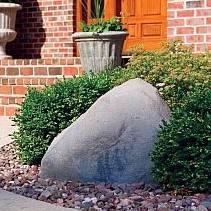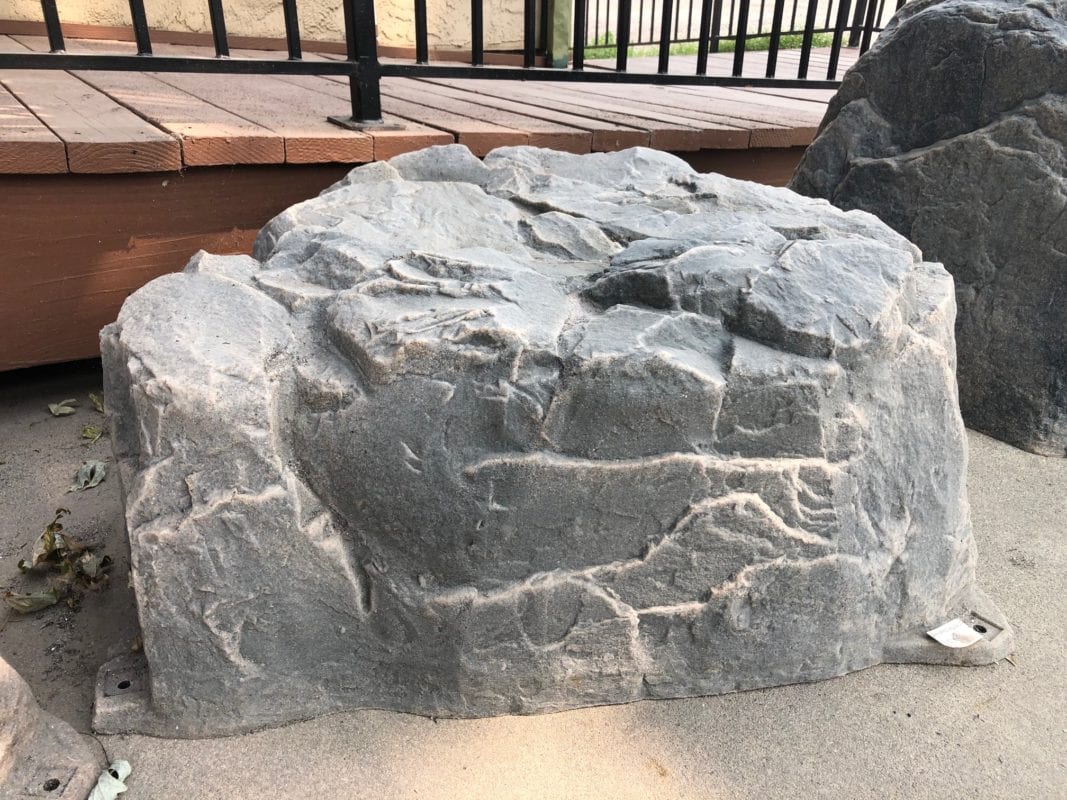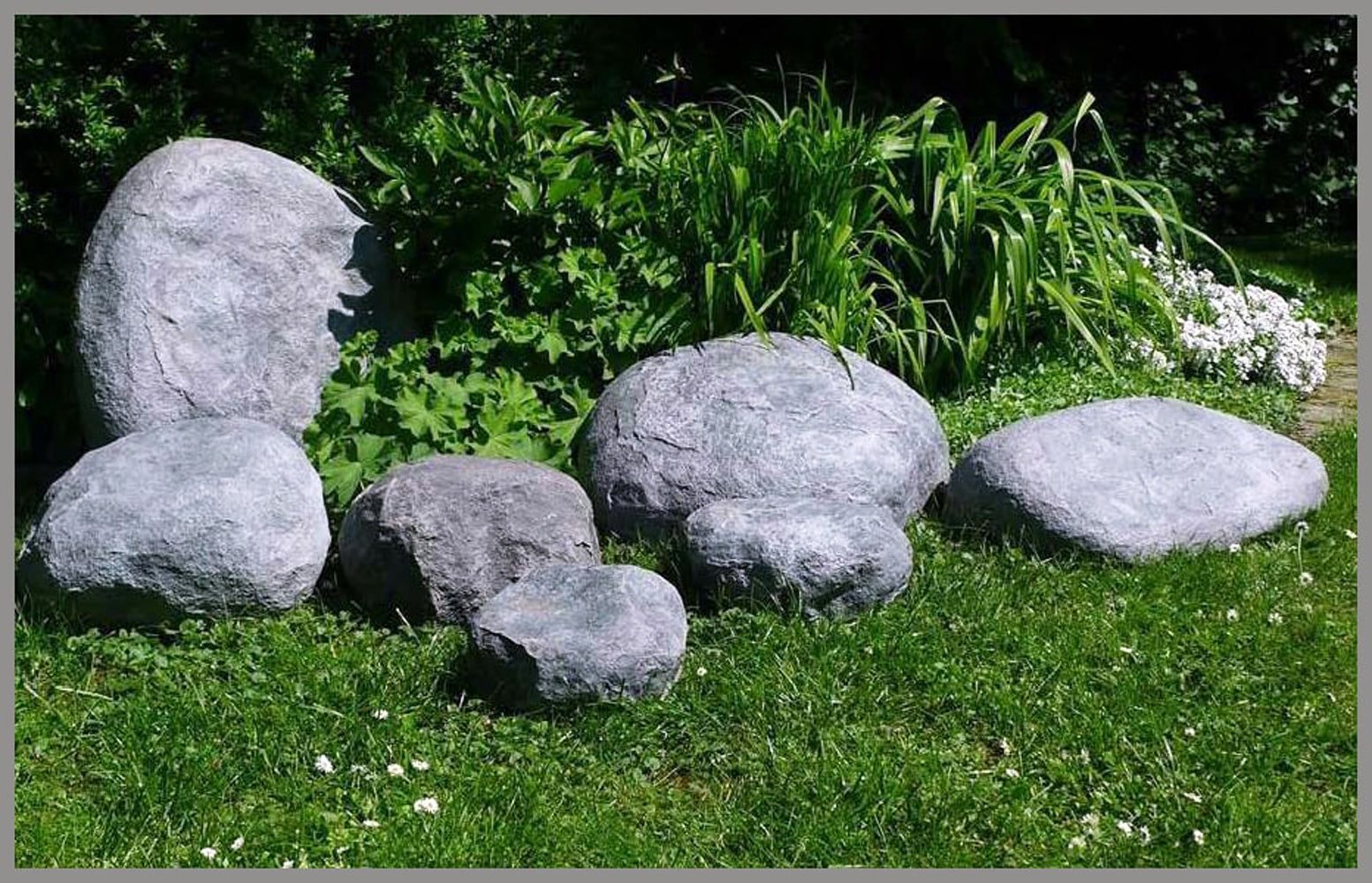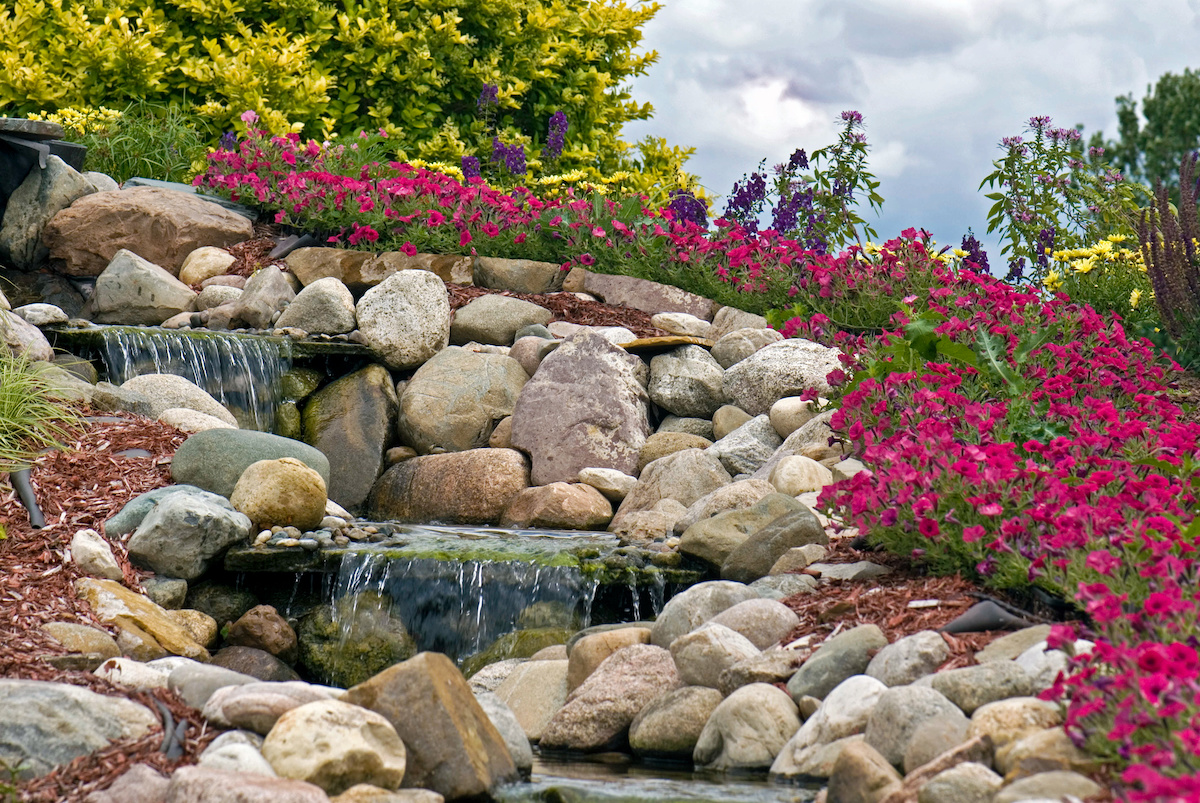If you’re like most homeowners, you understand the value of a beautiful outdoor space. After years of experimenting with various landscaping elements, I’ve discovered a hidden gem—fake decorative rocks. Not only are they aesthetically pleasing, but they’re also practical and low-maintenance. In this comprehensive guide, we’ll explore everything you need to know about fake decorative rocks, helping you transform your garden with ease.
What Are Fake Decorative Rocks?
Fake decorative rocks, often made from materials like resin or fiberglass, are designed to mimic the appearance of natural stones. These artificial rocks are used for landscaping, garden decor, and even as functional elements in outdoor designs. Understanding their benefits and varieties can help you make an informed choice for your outdoor spaces.
Types of Fake Decorative Rocks
When exploring the world of fake decorative rocks, you’ll find a variety of options to suit any design aesthetic. Here’s a closer look at the different types:

1. Resin Rocks
Resin rocks are popular due to their lightweight nature and realistic appearance. They can easily be moved and repositioned, making them ideal for seasonal decor changes.
2. Fiberglass Rocks
More durable than resin, fiberglass rocks can withstand harsh weather conditions. They are often used in commercial landscaping due to their long-term resilience, though they can also be great for residential use.

3. Concrete Rocks
Concrete decorative rocks are heavier and more robust, making them less prone to shifting. They are ideal for permanent installations and can be painted or textured for further customization.
Benefits of Using Fake Decorative Rocks

The benefits of incorporating fake decorative rocks into your landscaping design are numerous. Here are some of the most compelling reasons to consider:
- Low Maintenance: Unlike real stones, fake decorative rocks don’t require cleaning or upkeep, saving you time and effort.
- Cost-Effective: While the initial investment may vary, the lack of maintenance costs makes these a smart long-term choice.
- Versatility: Available in various sizes, shapes, and colors, they can fit any design theme—be it contemporary or rustic.
- Lightweight Options: Many artificial rocks are lightweight, allowing for easy installation and rearrangement.
- Realistic Appearance: Advanced manufacturing techniques ensure that these rocks closely resemble their natural counterparts.

How to Choose the Right Fake Decorative Rocks
Choosing the right fake decorative rocks for your outdoor space can be overwhelming. Here’s a step-by-step guide to simplify the process:

1. Determine Your Purpose
Consider what role these rocks will play in your landscaping. Are they for decoration, creating pathways, or acting as borders for flower beds? Your purpose will influence the size and type you choose.
2. Evaluate Your Space
Take measurements of your garden or outdoor area to ensure the rocks you select will fit harmoniously with your existing landscape.

3. Choose the Right Style
Fake decorative rocks come in various styles. Decide whether you prefer natural-looking stones or more artistic designs that can serve as focal points.
4. Consider Colors and Finishes
Select colors that complement your plants and overall garden theme. Whether you want neutral tones for subtlety or vibrant colors for a statement, the right finish can make all the difference.

Comparison Table of Fake Decorative Rocks
| Type | Weight | Durability | Cost | Maintenance |
|---|---|---|---|---|
| Resin Rocks | Lightweight | Moderate | $$ | Very Low |
| Fiberglass Rocks | Moderate | High | $$$ | Low |
| Concrete Rocks | Heavy | Very High | $$ | Low |
Installation Tips and Ideas
Installing fake decorative rocks can be a DIY project or handled by professionals, depending on your preference and skill level. Here are some practical installation tips to guide you:
1. Prepare the Area
Clear the area where you want to install your decorative rocks. Remove any debris, weeds, or existing plants that might interfere.
2. Create a Base
To ensure stability, create a base using sand or gravel where you’ll position the rocks. This will help with drainage and prevent shifting.
3. Arrange the Rocks
Start placing the rocks in your desired arrangement. Step back frequently to assess the overall look and make adjustments as necessary.
4. Secure the Rocks
If your rocks are lightweight or in a windy area, consider securing them with landscape adhesive or anchoring them with rebar to ensure they stay in place.
Common Uses of Fake Decorative Rocks
Now that you know how to choose and install fake decorative rocks, let’s explore some creative ways to incorporate them into your outdoor decor:
1. Pathways and Walkways
Use larger fake rocks to create distinct pathways and walkways through your garden, guiding visitors while enhancing the natural beauty of your space.
2. Garden Borders
Fake rocks can serve as effective borders for flower beds or vegetable gardens, keeping soil in place while adding visual interest.
3. Focal Points
Group various sizes and shapes of fake rocks to create striking focal points in your garden, drawing attention to specific areas or features.
4. Decorative Features
Incorporate fake rocks into water features like ponds or fountains for an integrated natural look, enhancing the overall aesthetic appeal.
Pros and Cons of Fake Decorative Rocks
Every product has its advantages and disadvantages. Here’s a concise overview of the pros and cons of fake decorative rocks:
Pros
- Variety of styles and colors to choose from.
- Durable and weather-resistant options.
- Low maintenance compared to natural stones.
- Lightweight and easy to install.
- Cost-effective in the long run.
Cons
- Initial cost can be higher than natural stones.
- Some may not be as environmentally friendly as natural options.
- May lack the unique character of natural rocks.
Frequently Asked Questions (FAQs)
What materials are fake decorative rocks made from?
Fake decorative rocks are typically made from materials such as resin, fiberglass, or concrete, each offering different advantages and aesthetics.
How do I clean fake decorative rocks?
Cleaning fake decorative rocks is easy. Simply use a hose to rinse them or scrub them with a mild detergent if they accumulate dirt or debris.
Can fake decorative rocks withstand weather conditions?
Yes, many types of fake decorative rocks, especially fiberglass and concrete, are designed to withstand various weather conditions, making them suitable for outdoor use year-round.
Are fake decorative rocks safe for pets and children?
Most fake decorative rocks are safe for pets and children; however, always check for any sharp edges or small components that could pose a choking hazard.
Can I paint my fake decorative rocks?
Yes, if you want a different look, many fake rocks can be painted with outdoor-safe paint. Just ensure you clean them thoroughly before starting.
Conclusion
In conclusion, fake decorative rocks are an excellent choice for enhancing your outdoor space. With a wide variety of styles, low maintenance requirements, and a realistic appearance, they provide an innovative solution for homeowners seeking to improve their landscaping. Whether you want to create stunning pathways, unique focal points, or functional borders, fake decorative rocks can achieve all this and more. My personal experience has shown how they can transform an ordinary garden into an extraordinary landscape, and I’m sure you’ll find the same benefits in your outdoor spaces.